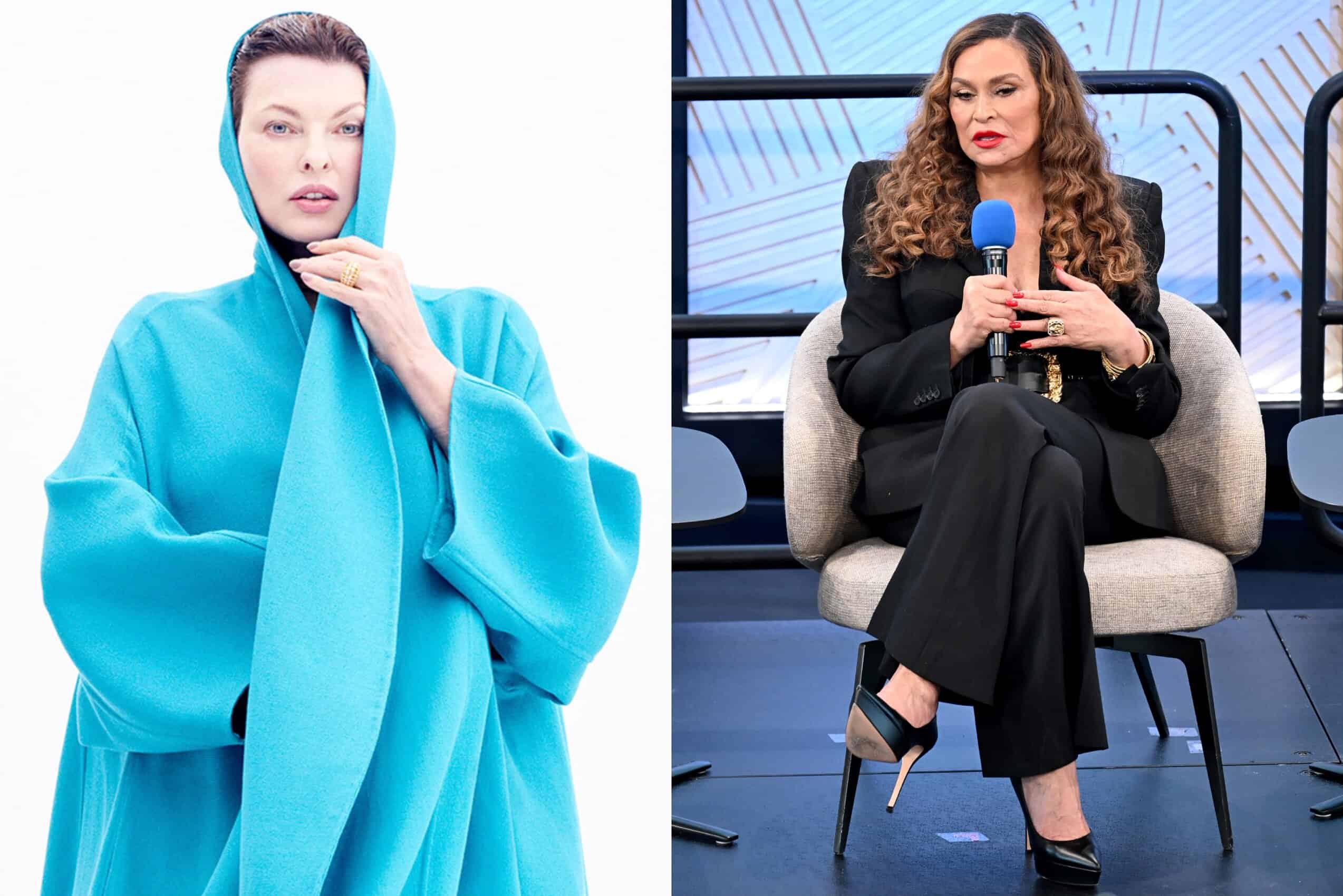If you’re from Texas, you know exactly where you were and what you were doing when Selena died on March 31, 1995. I was working at a friend’s graduation supply company in my hometown of San Antonio when the office manager announced the news. Selena had been shot at the Days Inn motel in Corpus Christi after arguing with Yolanda Saldivar, the president of the singer’s fan club who helped run her boutiques. My best friend and I jumped into her purple Ford Ranger and drove by Selena Boutique & Salon, a store she’d opened in San Antonio a year before. By the time we got there, a small crowd had gathered in the parking lot where they sang her songs and mourned her loss. My best friend and I didn’t own any of her CDs, so it felt intrusive. Instead, we paid our respects and drove on.
I may not have been a superfan before she died, but growing up in South Texas, you couldn’t help but know who she was. There was the store, of course, and her band Selena y Los Dinos frequently performed across the state, and her music often played on local Top-40 radio. But it was after her death that her star truly began to rise.
A year had passed when word began to spread that Hollywood was making a movie about Selena. This was long before social media, so finding out something like this meant reading about it in the newspaper, or hearing about it on the radio or local news. Rumors became facts when it was officially announced that parts of the movie would be shot in San Antonio. It was a big deal for what was considered, at the time, a sleepy town a few hours north of the Border. There was a call for extras to go to the Alamodome, the city’s football-sized arena, where the movie planned to recreate Selena’s famous Houston performance where she danced in her purple-sequined outfit in front of more than 66,000 people. The city was abuzz. Throughout the fall of 1996, people talked about spotting film crews and witnessing scenes. In 1997, a week before the two-year anniversary of her death, the movie was released. I have no idea how it played across the country, but in San Antonio, it was an event. The audience cheered for her, sang with her and cried for her once again.
I didn’t know it at the time, but I now realize I was entranced when I saw the movie because it was the first time I ever saw anyone on the screen that looked and acted like me. Clearly, I do not look like JLo and I’m not a Grammy-winning singer, but for the first time, there was a curvy woman with dark hair and cinnamon-tinted skin – and she was the star! She was a hard-worker and rewarded for it, and finally on the big screen, I saw someone that I could aspire to be. “Representation Matters” has since become a hashtag, but the meaning behind it is real, substantive and impactful. It’s fascinating how that works.
You can view the original article HERE.

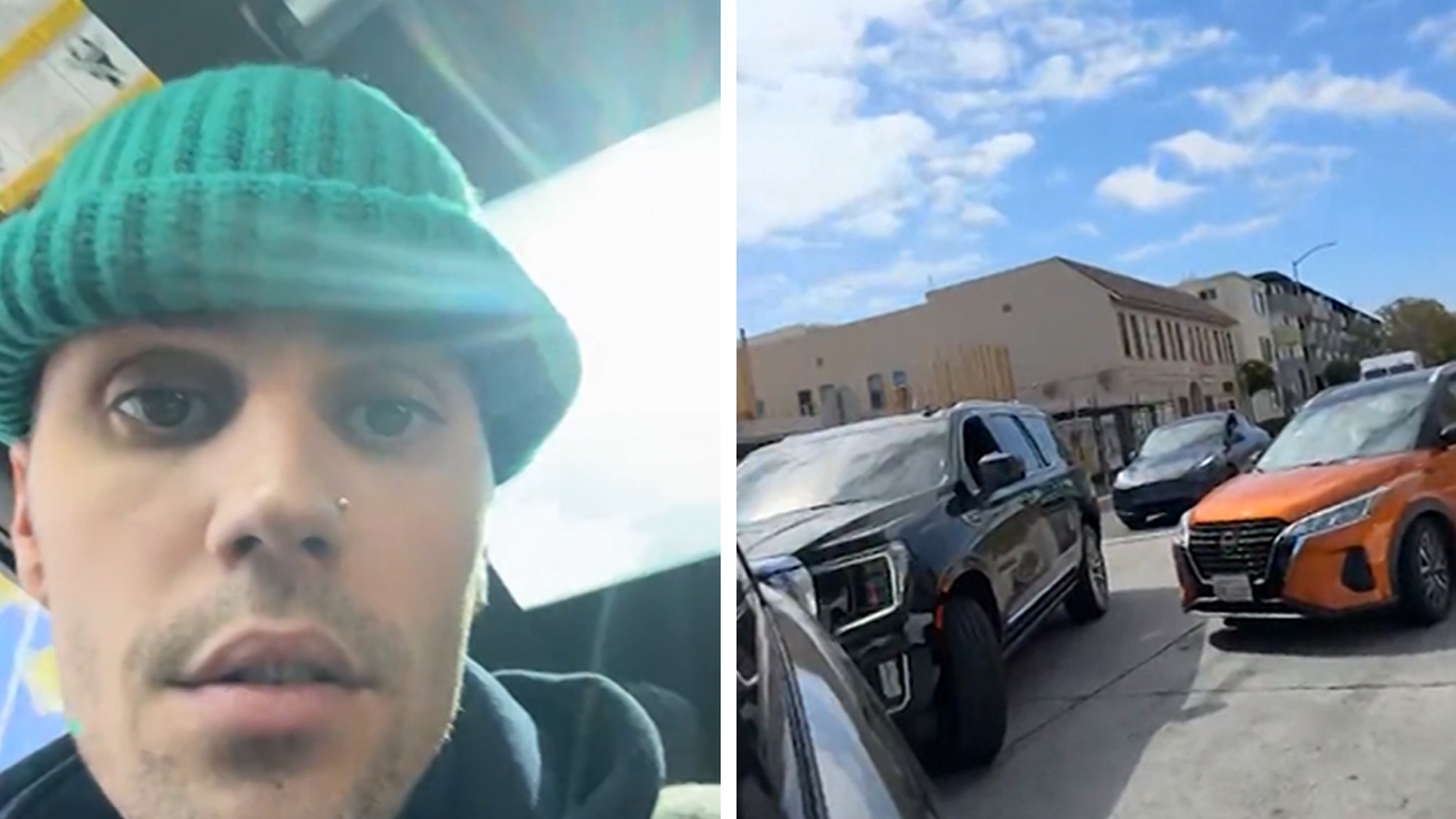
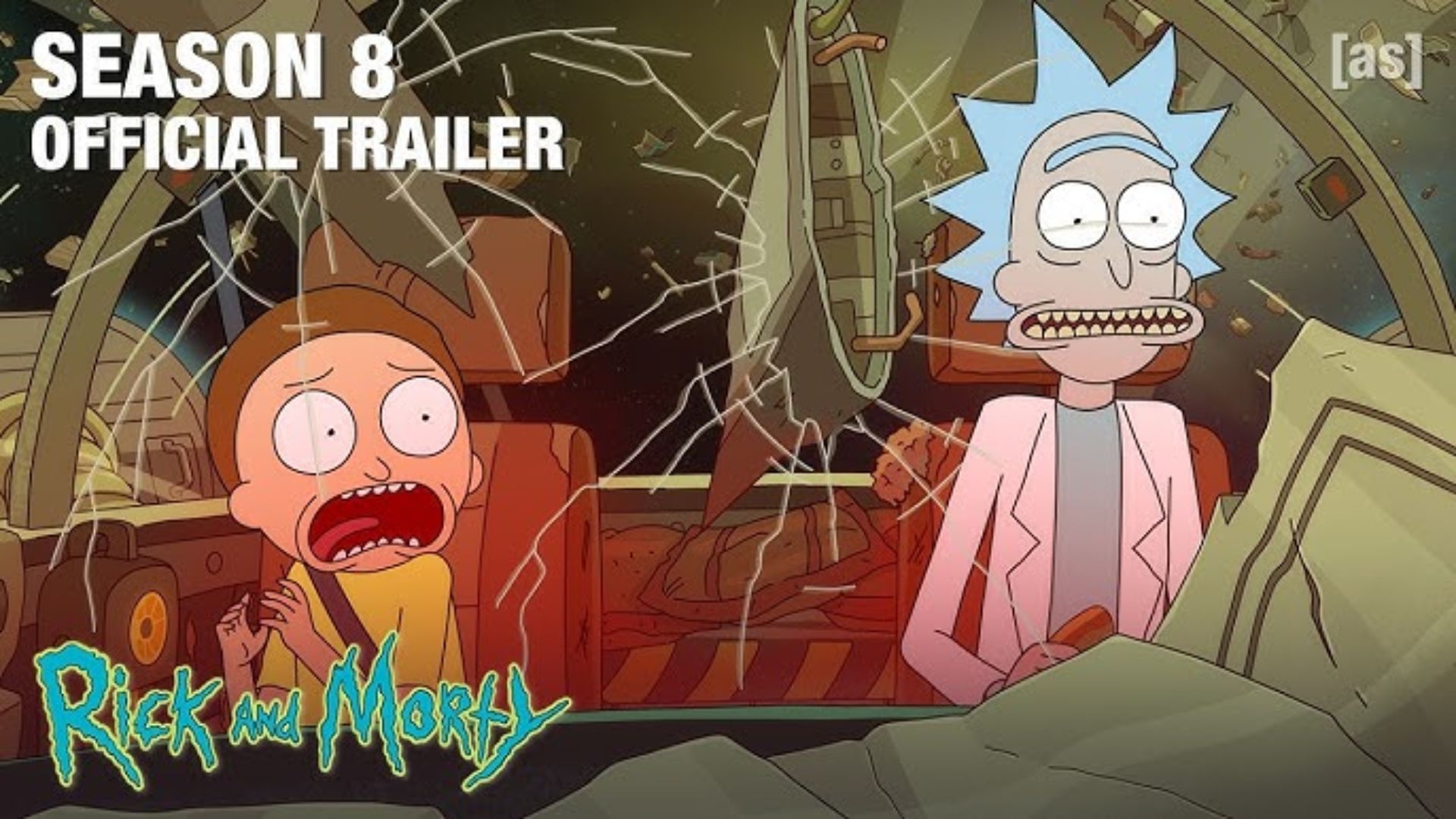



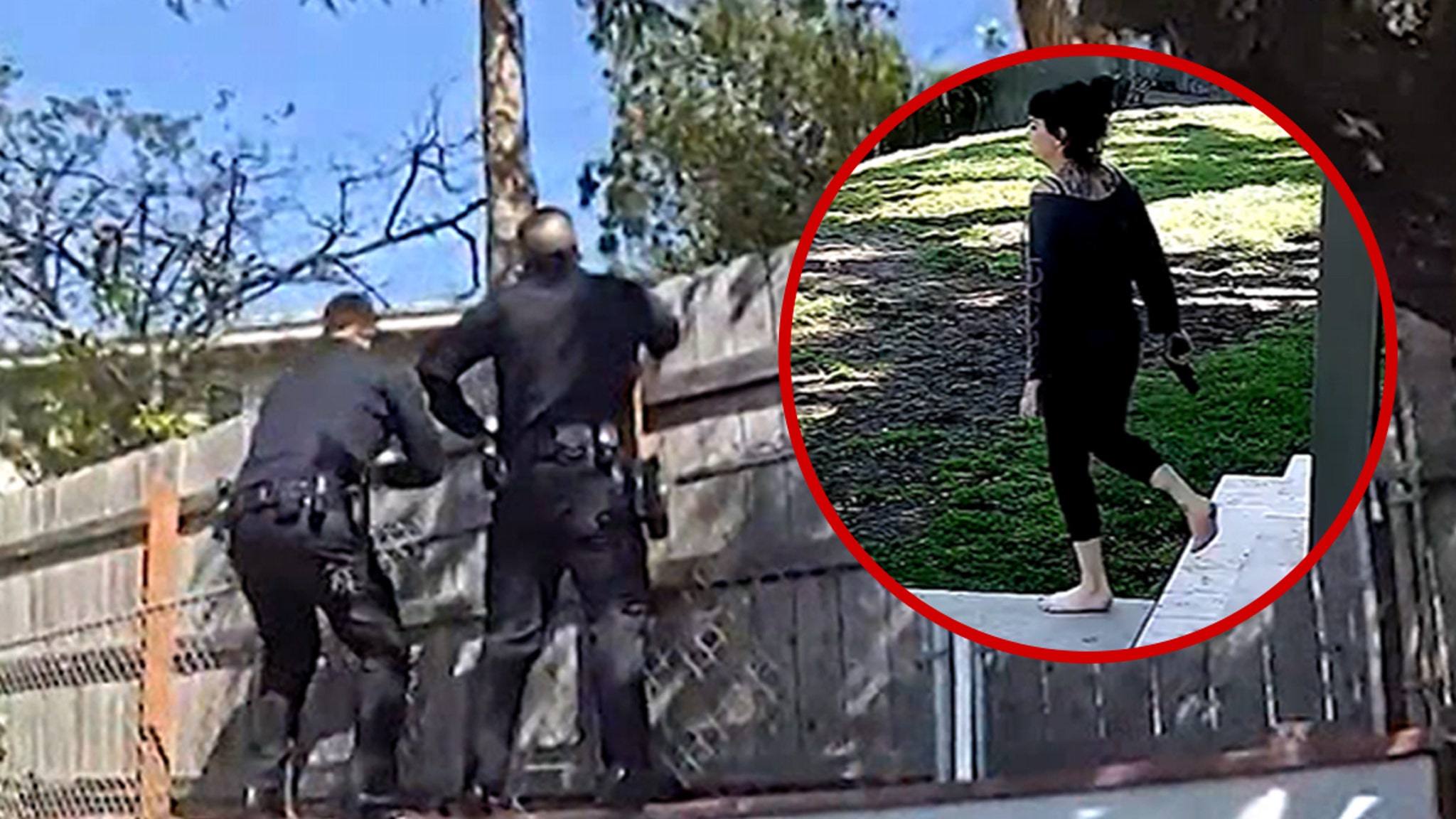
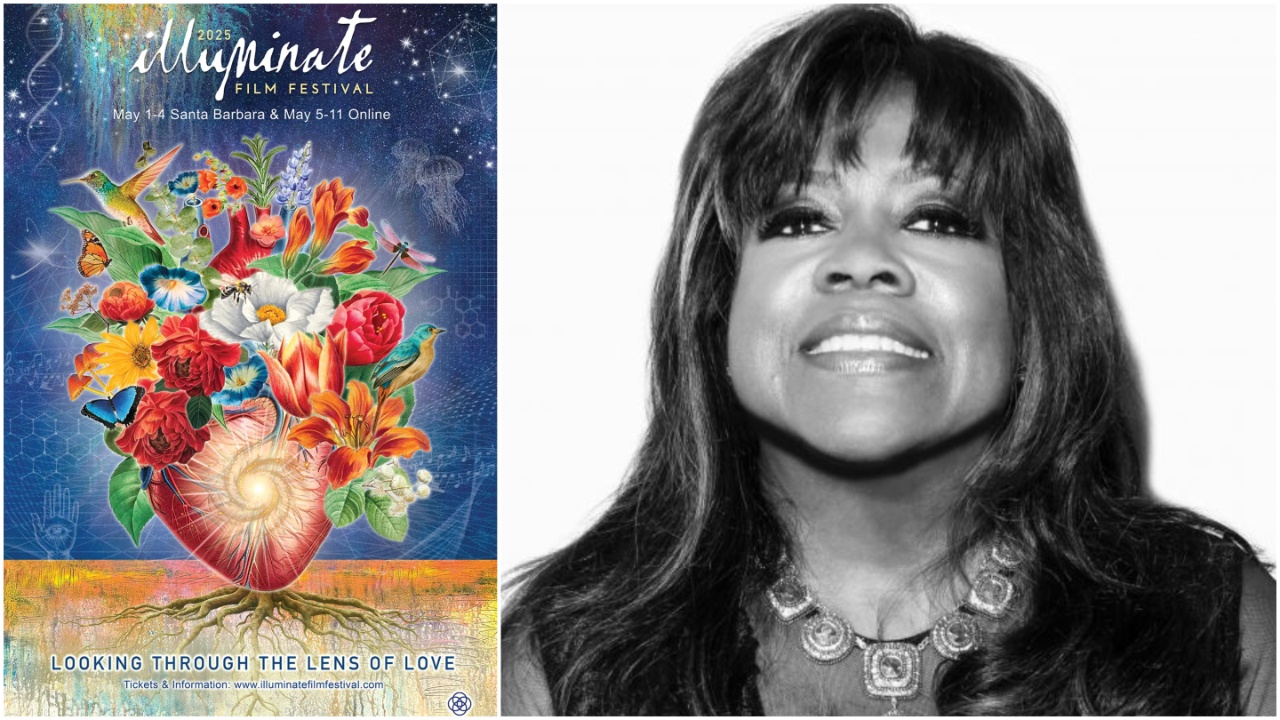



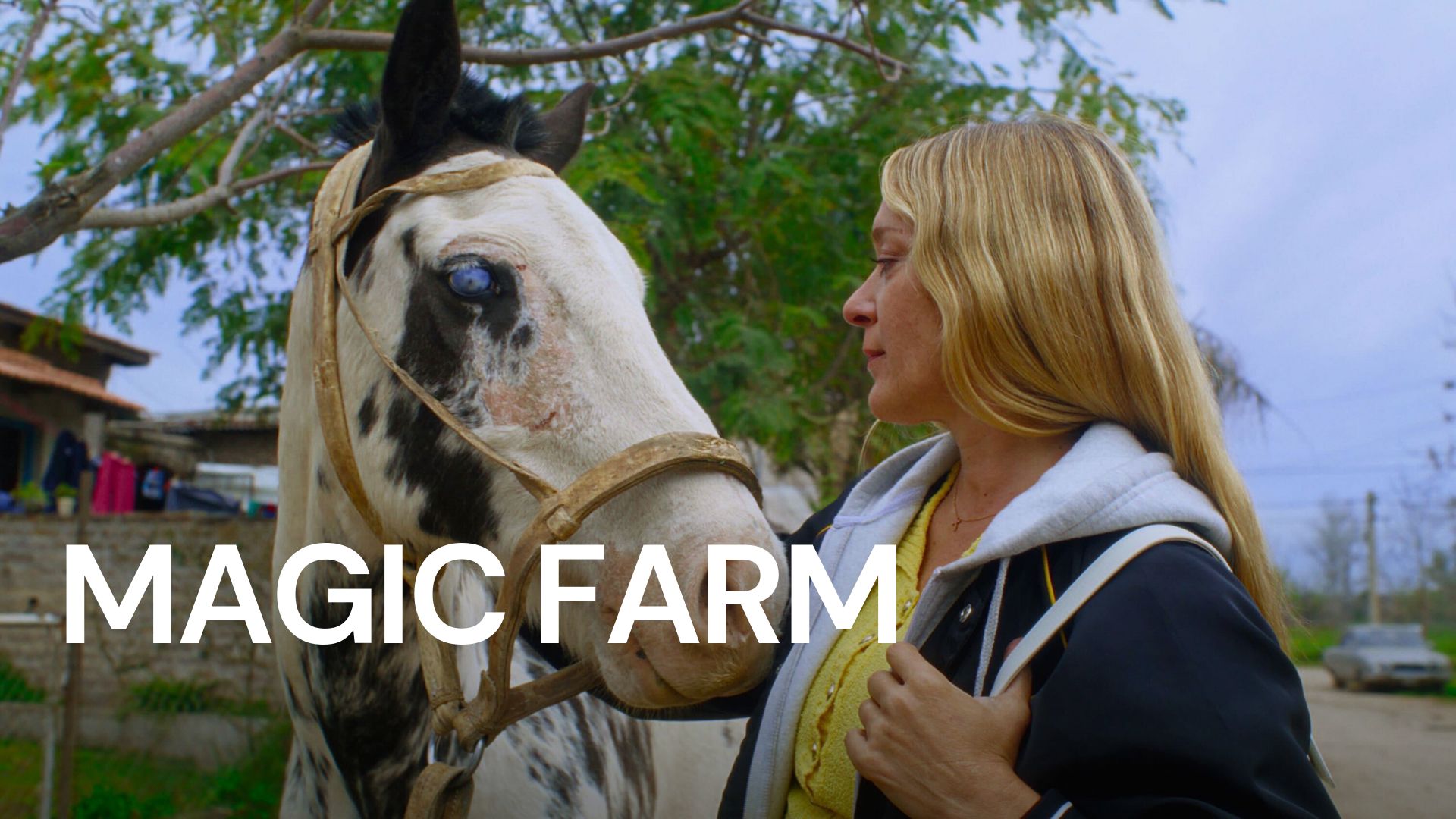
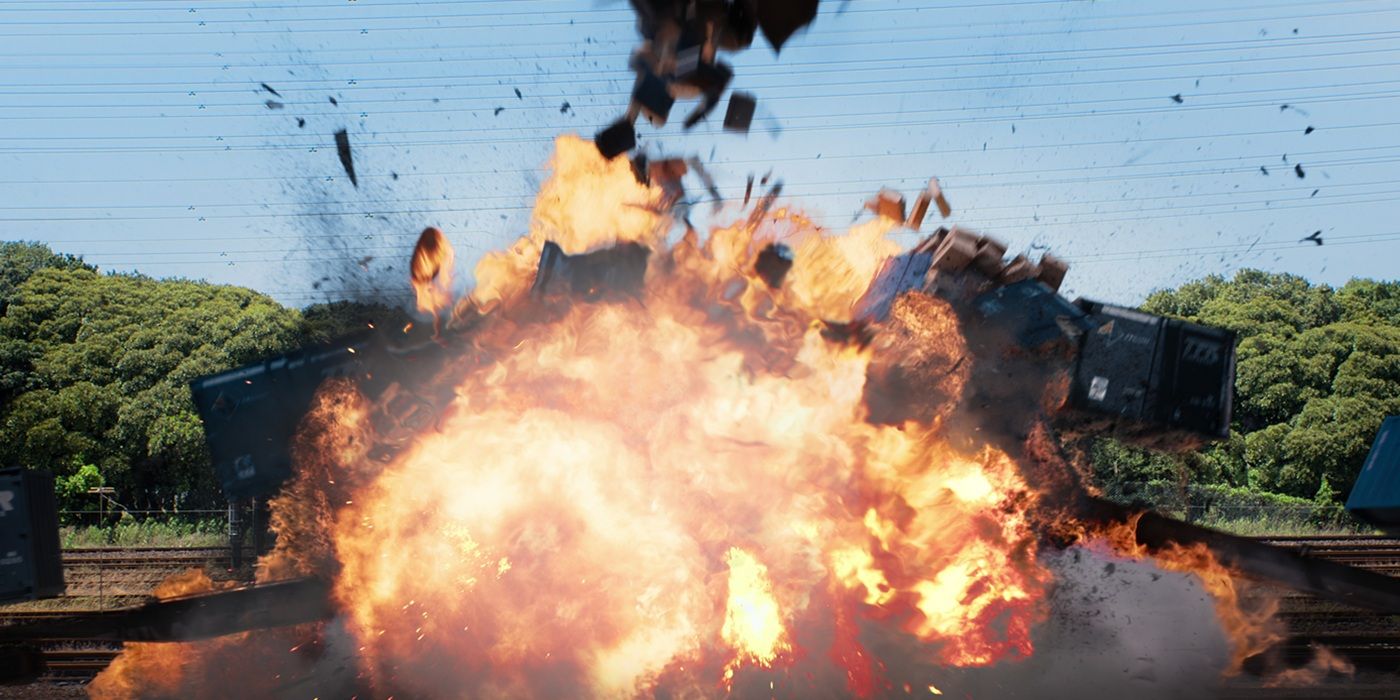

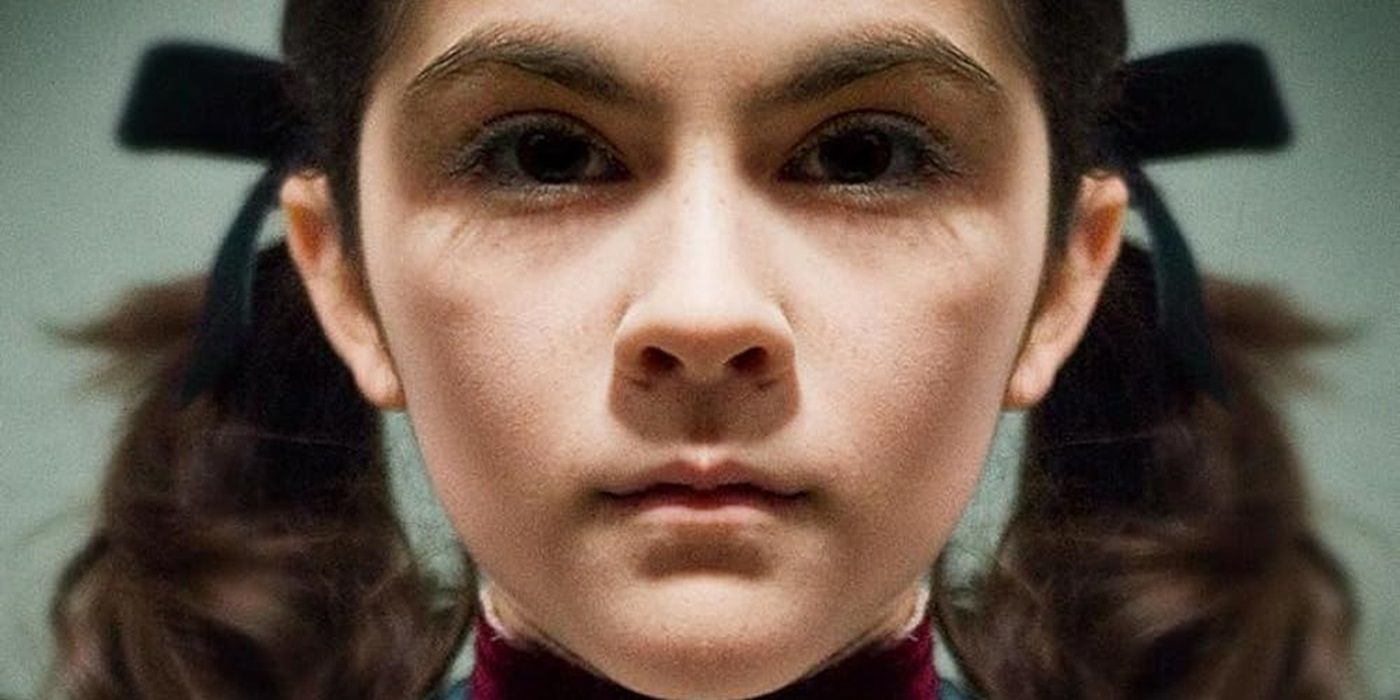

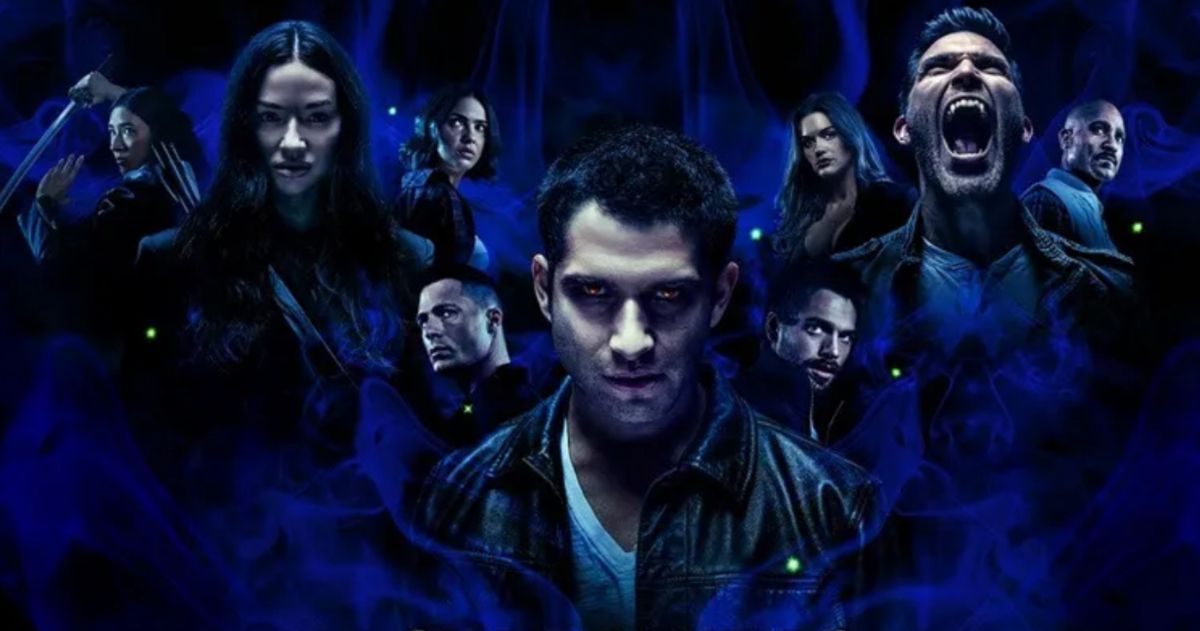

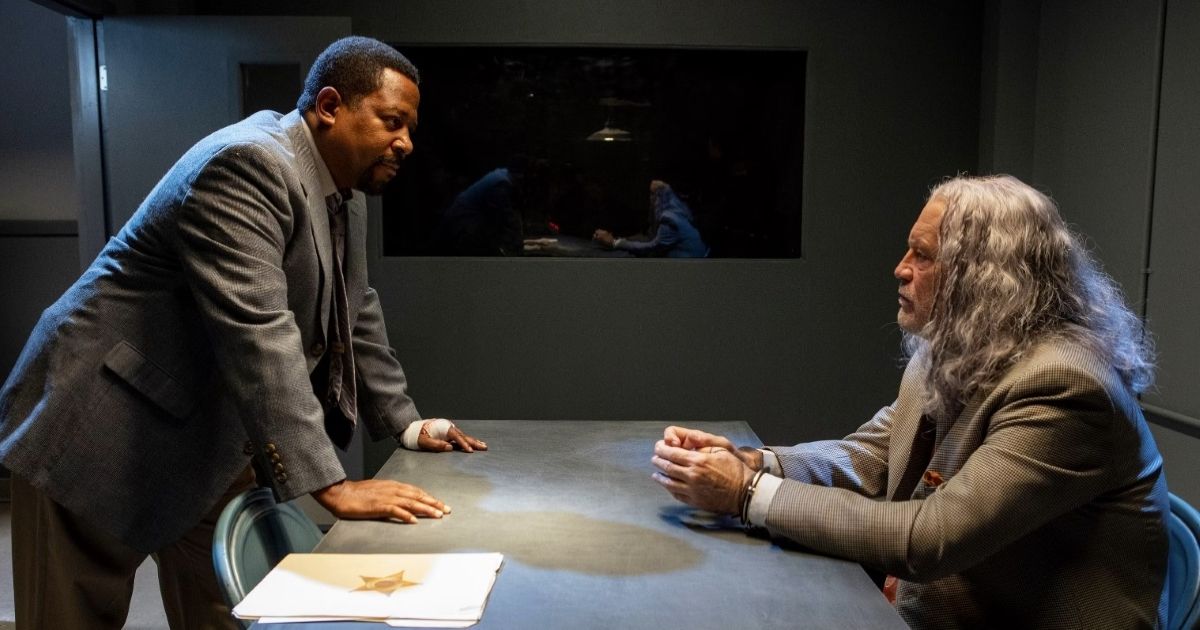

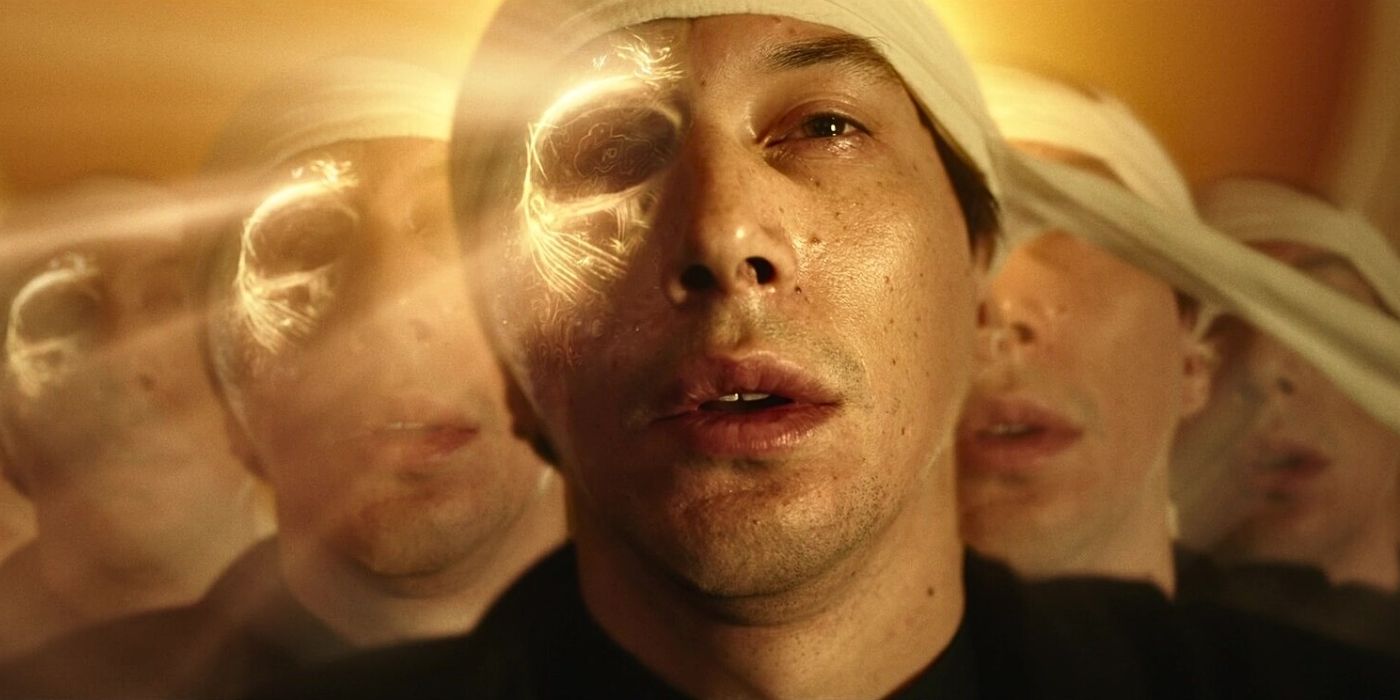


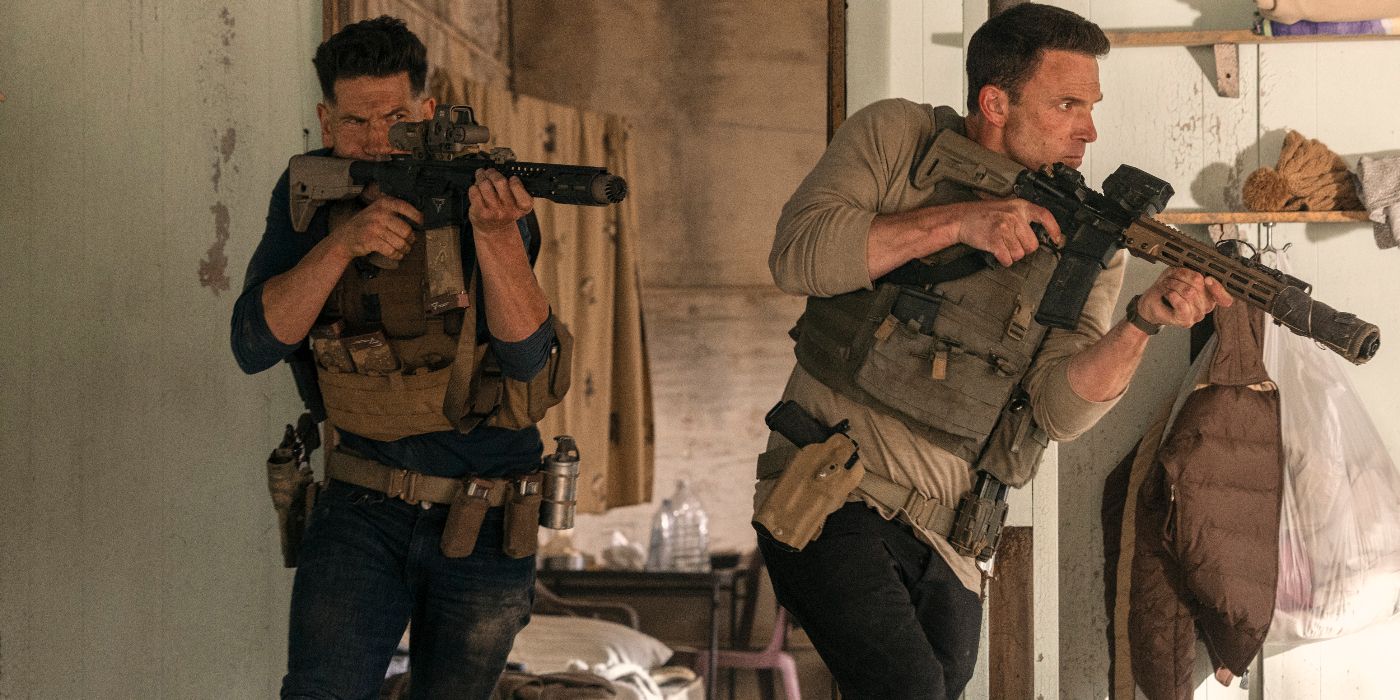
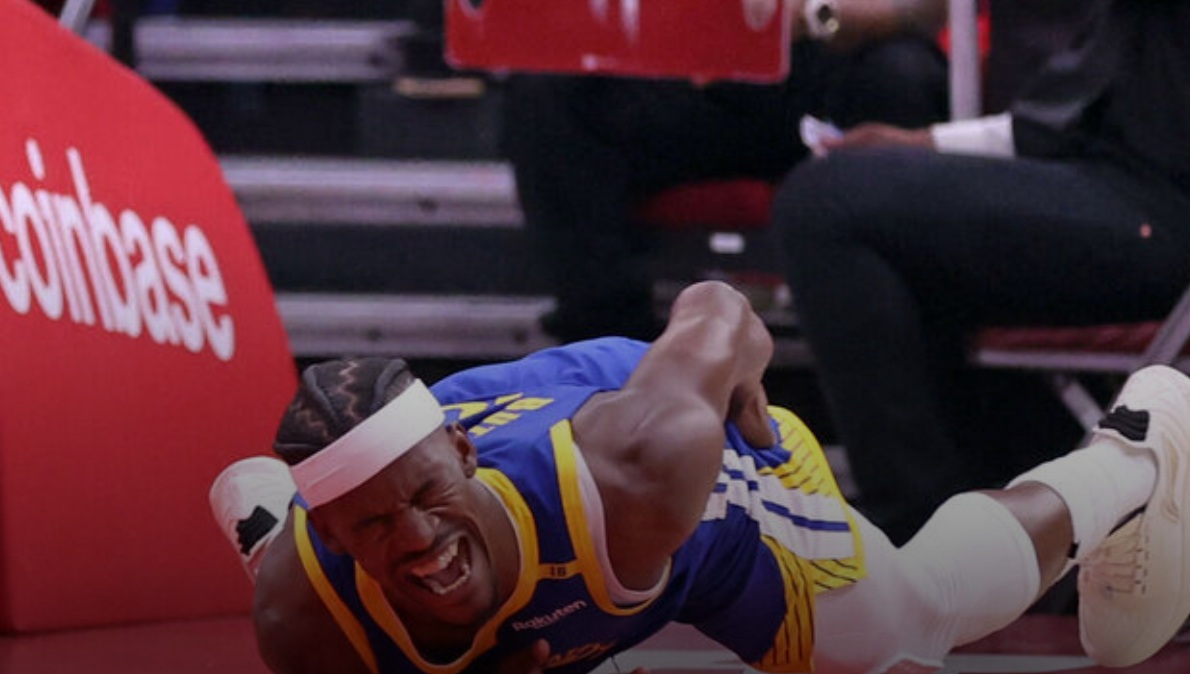

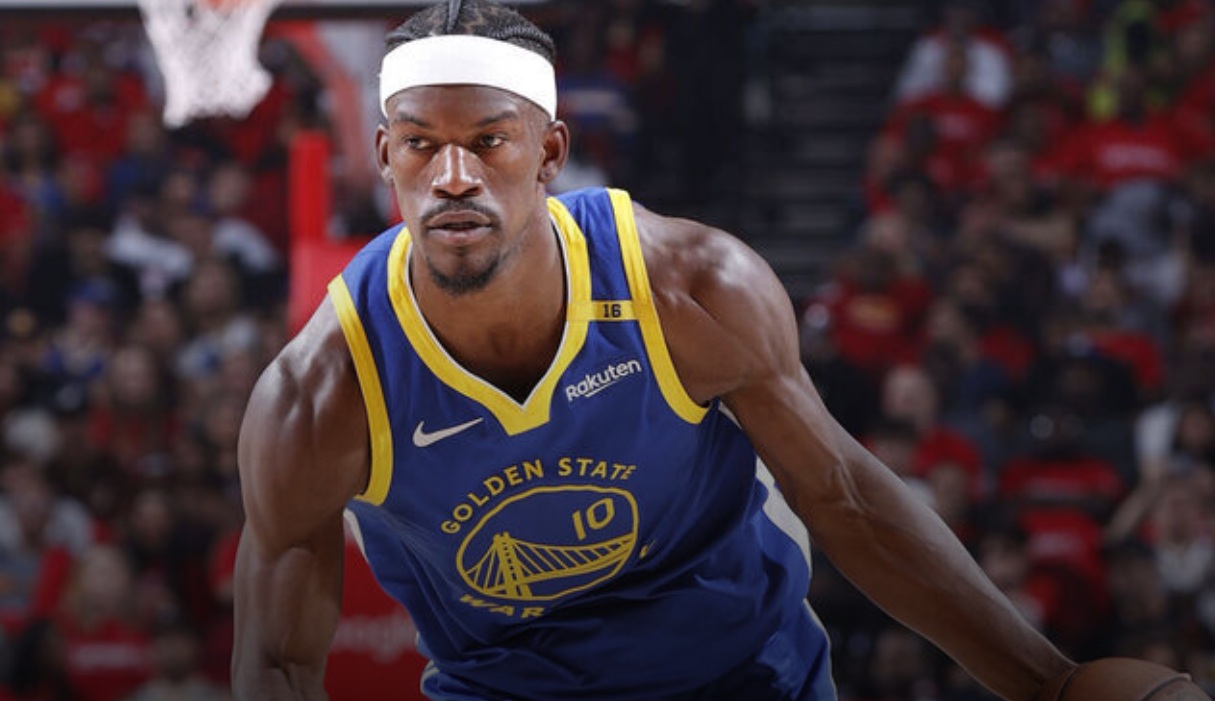
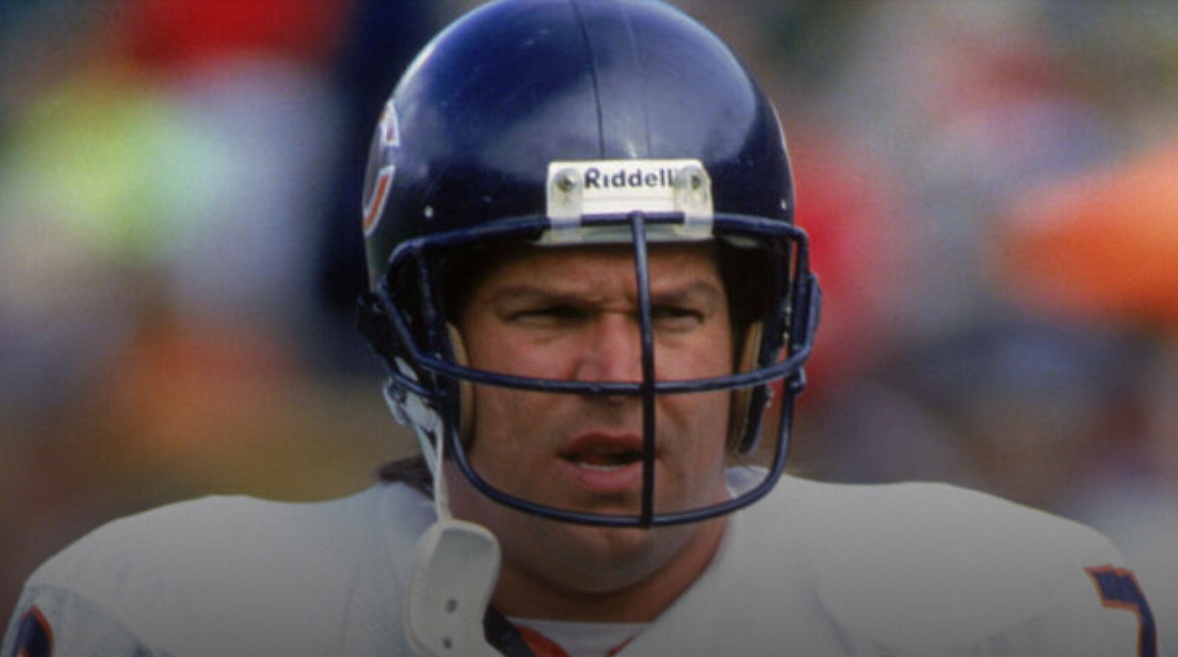

:quality(85):upscale()/2022/01/31/928/n/1922564/d3ab283161f851c4033582.14757686_.jpg)

